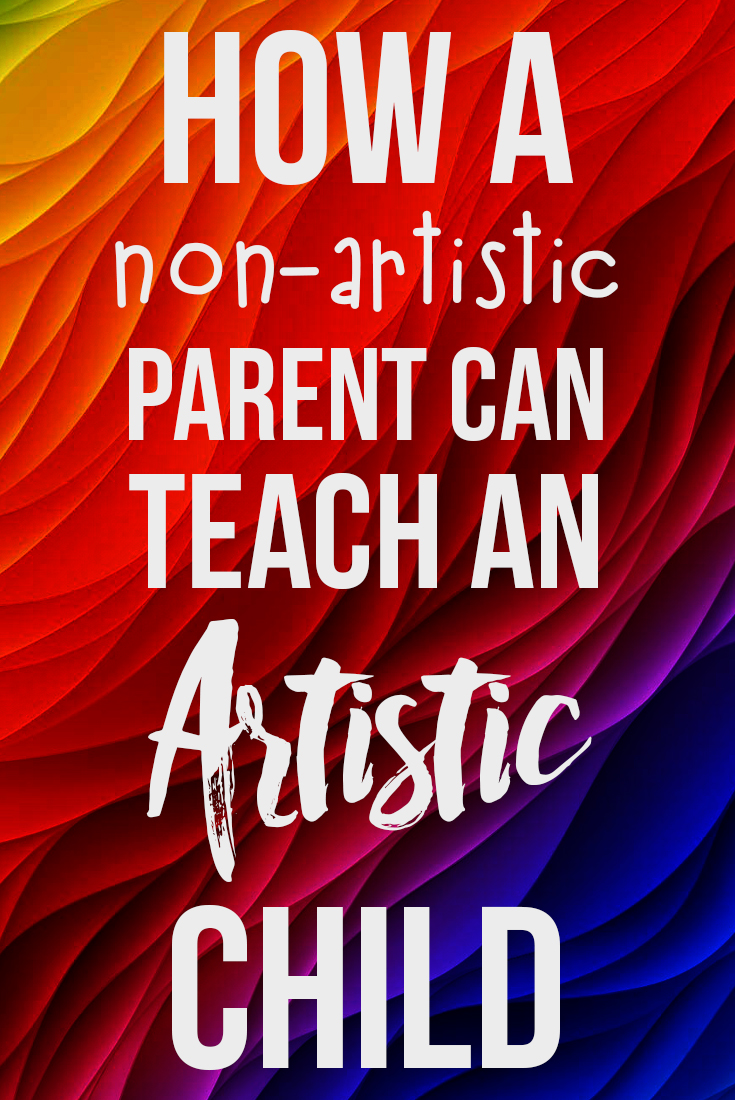When I was growing up, I loved art but my parents did not have the artistic ability to teach me. It bothered my mom and she always wondered, “How do I teach art to my child at home?”. She experimented with different ways of teaching me art and figured out exactly what to do to help. I went on to win over 50 art contests locally, statewide and nationally. I know what it’s like to be stuck on how to teach your child art, so I’m here to help. Here are the steps my Mom took!
Step 1: Pinpoint your child’s artistic interest
The first step is to figure out what they like to draw. But it is beyond a simple answer of “cartoons” or “flowers”. Here are questions you ask to dig deeper into their interest:
- What art supplies you like to use? (Use this information to figure out the right supplies to buy)
- What do you like to draw?
- What do you like about drawing?
- Have you ever tried drawing a ______?
- Can I see some of your art?
- What is your favorite drawing?
- Do you have a favorite artist?
- How do you feel when you draw?
Step 2: Buying the right art supplies for your child
The next step in improving any craft is by having the right tools. While many parents think a #2 pencil and copy paper will get the job done, what they don’t know is that it is limiting their child. A quick fact is that a #2 pencil is actually only one shade out of nineteen shades of graphite pencils. That minor difference in pencils could be the determining factor between a flat drawing and one with more depth. This same lack of knowledge spreads across all branches of art. So, how do you know what tools are good for your young aspiring artist? Here is a list of the basic art supplies kids and teens need to practice to effectively enhance their artistic abilities. It’s such a long list, but the next step will narrow down what you need from what you don’t.
Step 3: Finding an art training resource for your child
Now that you have pinpointed their artistic interest, it’s time to improve their talent. Practicing art at home is a combination of two things. The first thing is artistic freedom. This is when your child has a blank canvas and all of their art supplies and can draw/paint whatever comes to mind. They can express their feelings, experiment with the tools, and learn from their mistakes. The second aspect of practicing art is training. This is usually the point where most parents fail. An online tool that takes this aspect out of the hands of parents’ hands is Sparketh. Sparketh has a huge library of art courses for kids and teens. The courses range from different skill levels and types so that you can adapt what is on the platform to your child’s needs.
Step 4: Become the bridge
Many times, usually for younger kids, they struggle to understand some of the training resources. Luckily you know your child and how to effectively communicate information to them. Take the time to sit with your child while they are following along with their art training. That way you can become a bridge and relay information to them they might find a bit complex. Hey, you might end up learning a thing or two too.
Step 5: Inspiring your child artistically
Sometimes your child will get stumped on what to draw next. The best way to avoid this from ever happening is by constantly feeding them inspiration. It all starts with throwing out ideas on stuff to draw based on their interest you’ve pinpointed earlier. Another source of inspiration is through studying other artists and their work that they are similar to the style your child works in. Finally, one of the main and often overlooked sources is through experiences. Take the time to engage your child in new activities and expose them to new experiences. Feed-in their curiosity and they will always be inspired to create.
Step 6: Encouraging your artistic child
The most important factor in improving as an artist is not giving up. Continue to encourage and motivate your child on their artistic journey. Look at their art in awe! Share it with your friends. Post in on your walls and the fridge. Comment on their improvement and you can even give them constructive criticism.
Now that you know the steps it takes you to help your child improve their talent it’s time to take action. Print this page and follow along with this checklist and you will be right on your way:
☐ Talk to your child about
☐ Find art supplies
☐ Buy art supplies
☐ Let them experiment
☐ Find a training resource
☐ Help your child
☐ Inspire them with suggestions
☐ Complement their artwork


